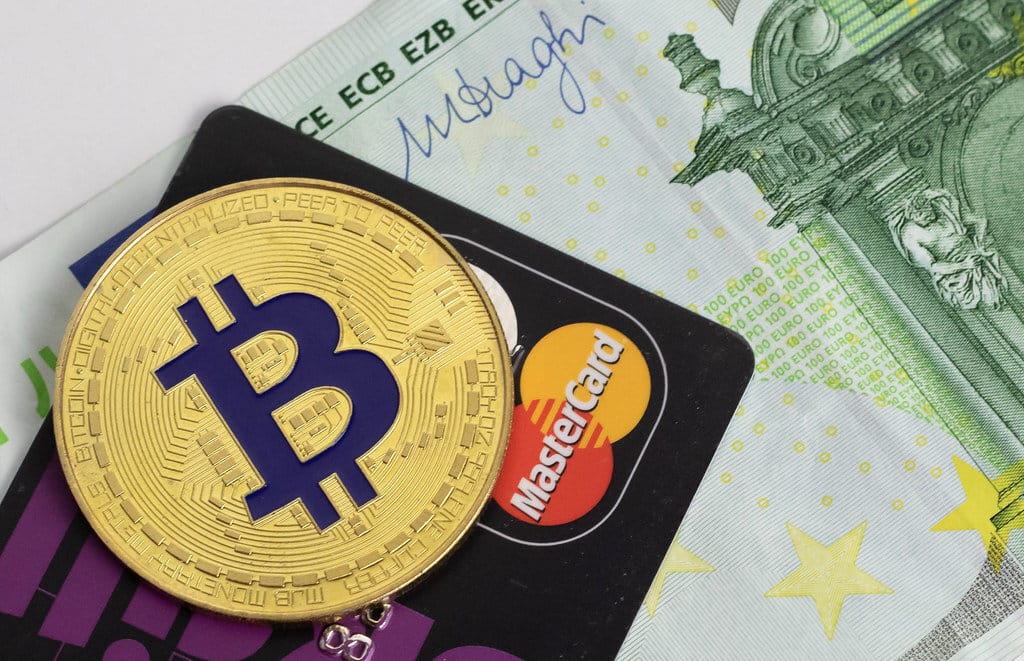- Bitcoin Renaissance
- Posts
- From Blocks to Bridges: Pell’s Plan for Bitcoin Settlement
From Blocks to Bridges: Pell’s Plan for Bitcoin Settlement
PLUS: Mastercard eyes $2B ZeroHash acquisition, banks race to buy blockchain firms, BIP-444 sparks developer backlash, Thunes expands stablecoin payouts to 130+ countries, and the Fed weighs “skinny” crypto accounts.

Happy Friday, Maestros!
Welcome to a fresh edition of the Bitcoin Renaissance!
This week, Mastercard is reportedly in talks to acquire ZeroHash in a $2B deal, signaling traditional finance’s push into crypto infrastructure. Banks and fintechs are also accelerating acquisitions of blockchain firms as regulatory clarity improves. Meanwhile, BIP-444 has ignited fierce debate among Bitcoin developers over restricting non-financial data on-chain, Thunes expands stablecoin payout rails across 130+ countries, and the Fed explores “skinny” master accounts that could give crypto firms direct access to payment systems.
A new episode of The Bitcoin Economy just dropped. Check it out and subscribe so you don’t miss an episode!

🚀 Featured Stories
Mastercard is reportedly in advanced talks to acquire crypto infrastructure firm ZeroHash for between $1.5 billion and $2 billion, marking a major strategic bet in the stablecoin and crypto payments space.
Traditional banks and fintechs are accelerating acquisitions of blockchain infrastructure companies rather than building in-house, driven by regulatory clarity and the need to scale quickly in the digital asset sector.
A new controversial proposal, BIP‑444, would implement a temporary one-year soft fork on the Bitcoin network to limit non-financial data storage — triggering a fierce ideological divide in the developer community.
The global payments network Thunes has added stable-coin payouts to its infrastructure in 130+ countries, opening fiat-to-crypto rails via APIs and anchoring digital assets in everyday payments.
The concept of “skinny” master accounts at the Fed, which would give select crypto-firms direct access to Fed payment rails is gaining traction, signaling a possible pivot in how crypto and banking intersect.

💡Spotlight: Pell Network
Pell is building an omnichain restaking network that repurposes Bitcoin's cryptoeconomic security to protect decentralized applications and services across multiple chains. Rather than inventing a new L1 security model, Pell creates a marketplace where BTC (and liquid staking derivatives) can be opted-in and allocated to secure third-party infrastructure and apps. The result is a shared security layer that developers can rent instead of individually bootstrapping their own validator sets.
What it does: Decentralized Validated Services (DVS)
Pell's core product is Decentralized Validated Services (DVSs): infrastructure services like oracles, bridges, and rollups that need validators to operate securely. Traditionally, each service must recruit its own validators and incentivize them with tokens. Pell changes this by creating a marketplace where services can rent security instead of building it from scratch.
Here's how it works: Operators run the validation infrastructure. Stakers provide economic backing by restaking their BTC or liquid staking derivatives. DVSs pay rewards to attract that backing. This three-sided model separates service builders from security providers, making security composable and on-demand.
Instead of every oracle or bridge needing to bootstrap its own validator set, BTC holders can restake their Bitcoin once and simultaneously secure multiple services across different chains. The result: capital efficiency for stakers, lower costs for developers, and stronger security guarantees for applications.
Restaking: The Security Lever
Pell's model centers on BTC restaking: participants make their BTC (or liquid staking derivatives) available to multiple DVSs simultaneously. This pooled capital approach increases efficiency and positions Pell as 'doing for BTC what EigenLayer did for ETH' - extending Bitcoin's security beyond its L1.
🛠️ Key Features
Omnichain interoperability: Architecture that makes Pell's security available across multiple chains and environments.
Operator model: Specialized operators run validation infrastructure for DVSs.
Token layer: $PELL handles governance, incentives, and economic settlement across the network.
Why it matters
Bitcoin's base layer offers the strongest cryptoeconomic security in crypto, but it's been difficult to reuse that security for application logic. Pell's marketplace lets apps rent verifiable security while giving BTC holders new yield options, solving the problem of services needing economic backing without the cost of bootstrapping independent validator sets.
Risks
Restaking introduces complexity around slashing mechanics, cross-chain dispute resolution, and regulatory treatment of restaked assets. DVS security depends on robust operator incentives and well-specified failure modes. Misconfiguration or weak economic parameters could concentrate rather than disperse risk. Real-world stress tests will be decisive.
The Future
Pell is positioning its stack (protocol, operator tooling, tokenomics, and developer guides) so that teams building oracles, rollups, and other infrastructure can plug into a shared BTC-backed security fabric. With $530M TVL already deployed and active integrations across 18+ blockchain networks, the protocol is establishing early traction as a common security layer. If adoption continues, Pell could become the standard for BTC-secured DeFi primitives, lowering friction for projects that want Bitcoin-anchored economics without replicating heavy validator infrastructure.
Learn more: pell.network

📣 Trending on X
JPMorgan's Jamie Dimon changes his tune on Bitcoin: "It's real" and "will be used by all of us."
Pierre Rochard calls out Peter Schiff: "You've been wrong about Bitcoin for 13+ years since it was $17.51. The opportunity cost for your followers has been enormous."
Michael Saylor reports rumors that "a number of major banks" will buy Bitcoin, custody it, and issue credit and margin lines against it in H1 2026.
President Trump stated, “In recent years, the U.S. government sold tens of thousands of Bitcoin assets that would now be worth billions. From this day forward, America will follow a rule every Bitcoiner knows by heart: Never sell your Bitcoin.”
